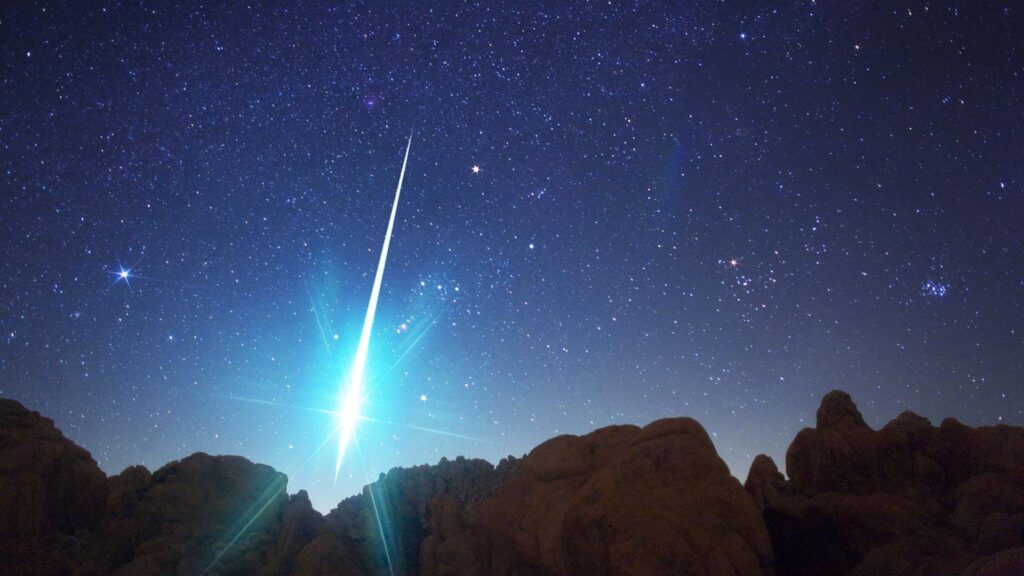Stargazers around the world can brace for a dazzling cosmic spectacle — the Perseid meteor shower 2025. This annual astronomical event, known for its stunning display of fast-moving meteors, began on Thursday, July 17 and will continue lighting up the night skies until August 24.
Visible across India, the United Kingdom, the United States, and Australia, the Perseid meteor shower is one of the most anticipated celestial events of the year. According to NASA, “The Perseids, which peak in mid-August, are considered the best meteor shower of the year,” producing bright streaks of light that leave glowing trails in the sky.
Where to See the Perseid Meteor Shower 2025
India
The Perseid meteor shower in India is visible without any special equipment. Simply find an open area away from city lights and look towards the Perseus constellation, which lies in the northeastern sky. The ideal time to view is between midnight and just before sunrise, especially on the night of August 12.
United States
In the US, the meteor shower will also peak on August 12–13. The American Meteor Society suggests finding a dark, secluded location — away from urban light — for the best visibility. While weather conditions are mostly favorable, moonlight may slightly obstruct peak brightness this year.
United Kingdom
Sky watchers in the UK can expect the best viewing conditions during the early morning hours of August 13. Experts recommend looking towards the Perseus constellation for the radiant point, and avoiding streetlight glare for an unobstructed view of this celestial phenomenon.
Australia
Although the Perseid meteor shower in Australia 2025 is not as prominent due to its location in the Southern Hemisphere, some meteors may still be visible low on the northern horizon in the early morning hours during the peak nights.
What is the Perseid Meteor Shower?
Named after the Perseus constellation, the Perseids are made of tiny debris from Comet Swift-Tuttle. As Earth passes through this debris trail each July and August, it causes meteors to burn up in our atmosphere, creating a bright and colorful display often referred to as a “meteor storm.”
This year’s event also overlaps with other cosmic headlines like the Belgium Tomorrowland fire, Air India plane crash news, and Australian unemployment rate updates, but for skywatchers, all eyes will be on the stars.












More Stories
Deep-Sea Jellyfish Study Reveals Mysterious Bio-Geographic Barrier in the North Atlantic Ocean
GSLV-F16 Successfully Launches NISAR Satellite into Orbit: Key Highlights of the Mission
Can Modern Technology Effectively Control Sulphur Emissions from Coal Plants?